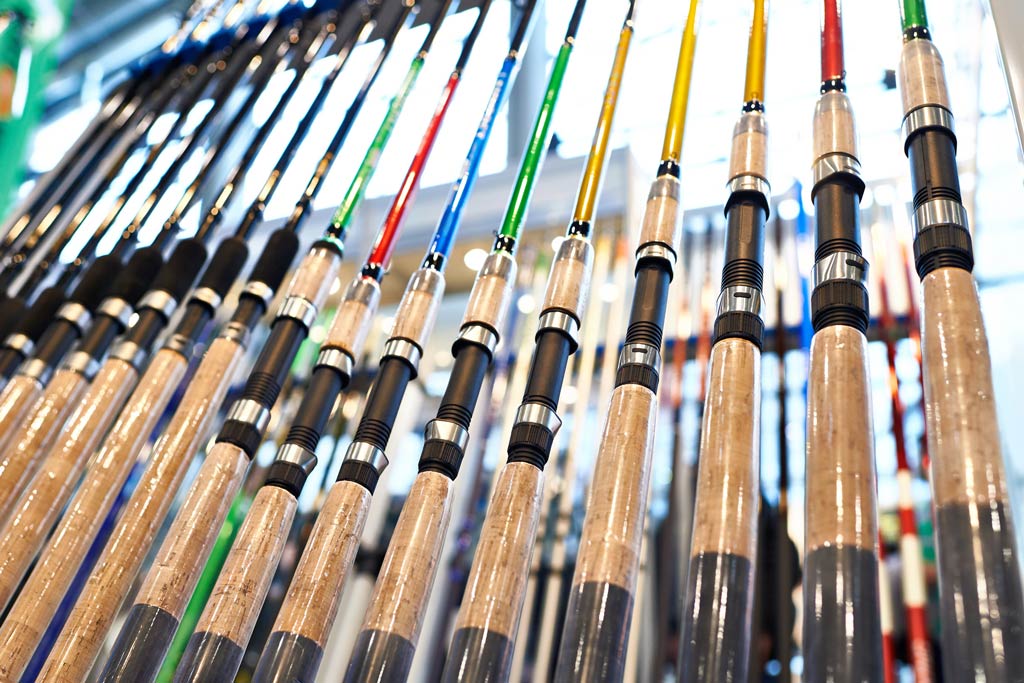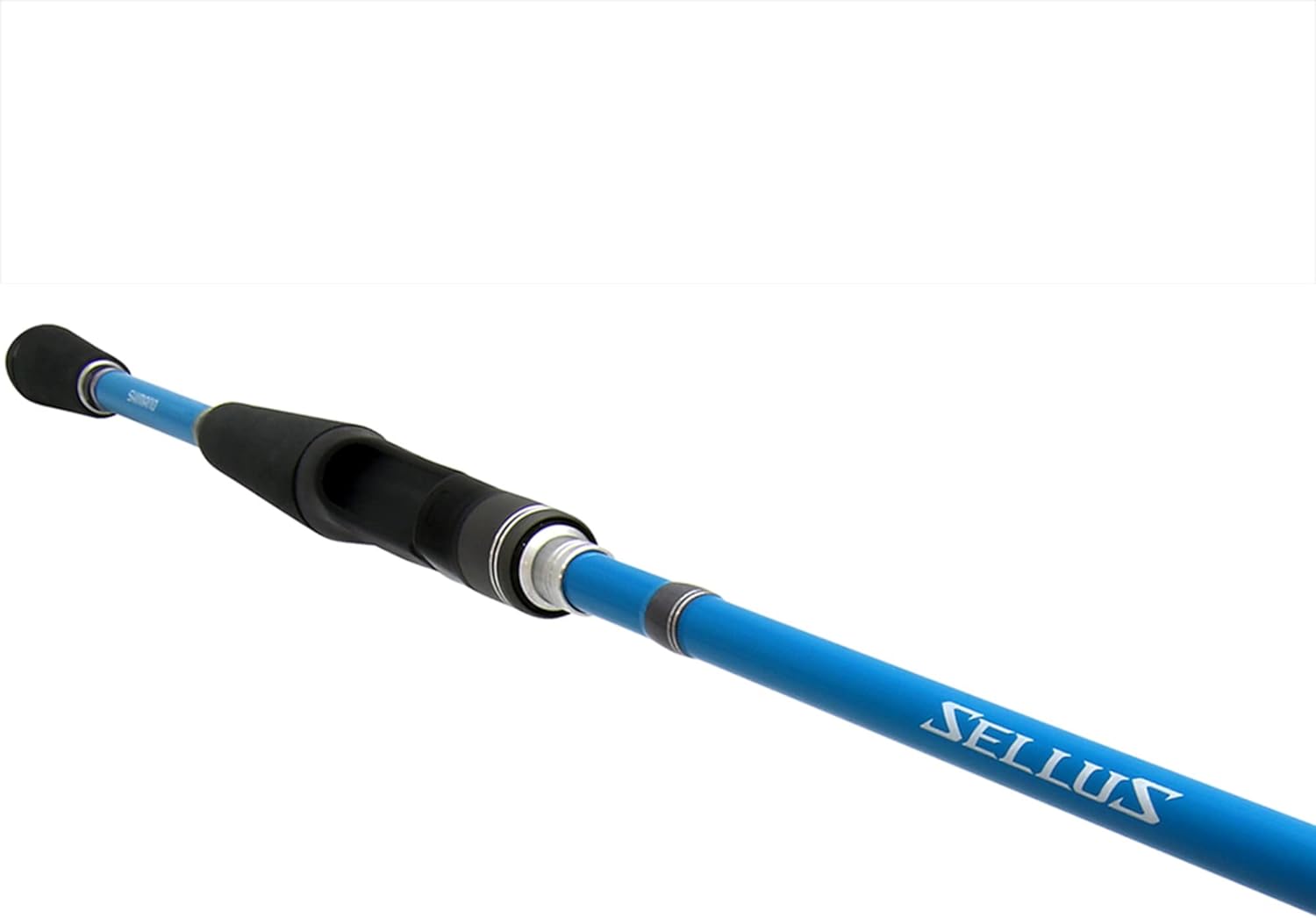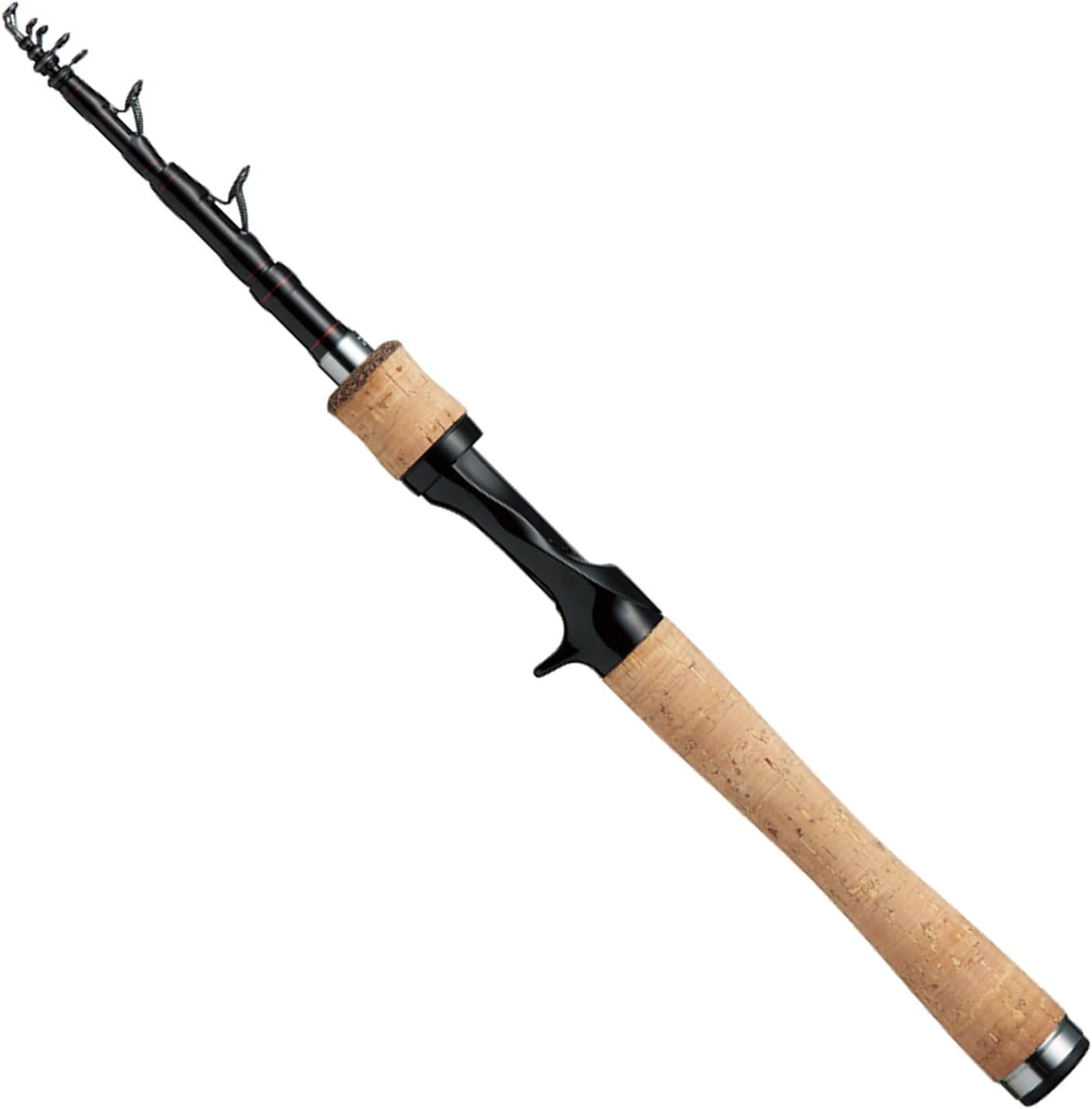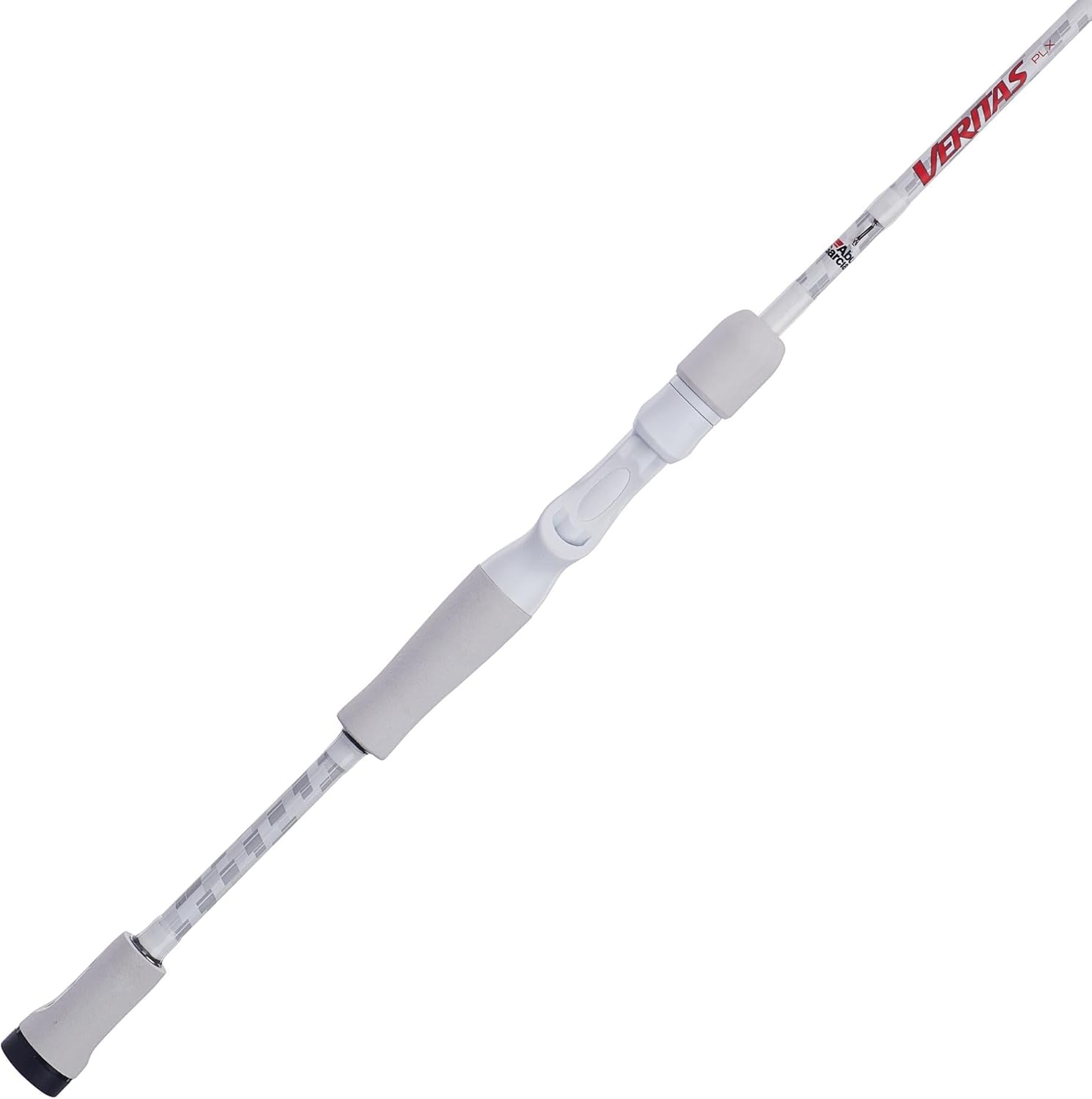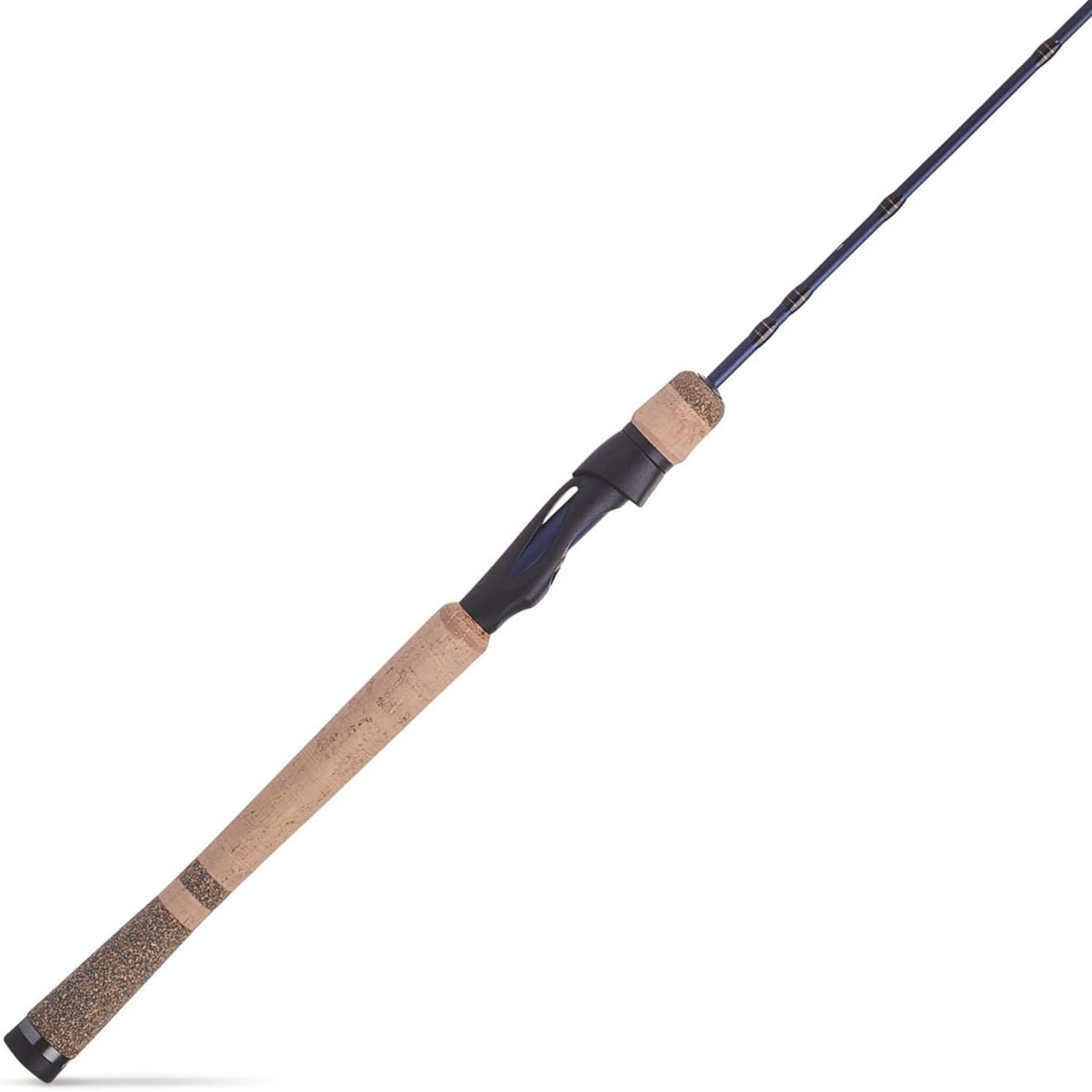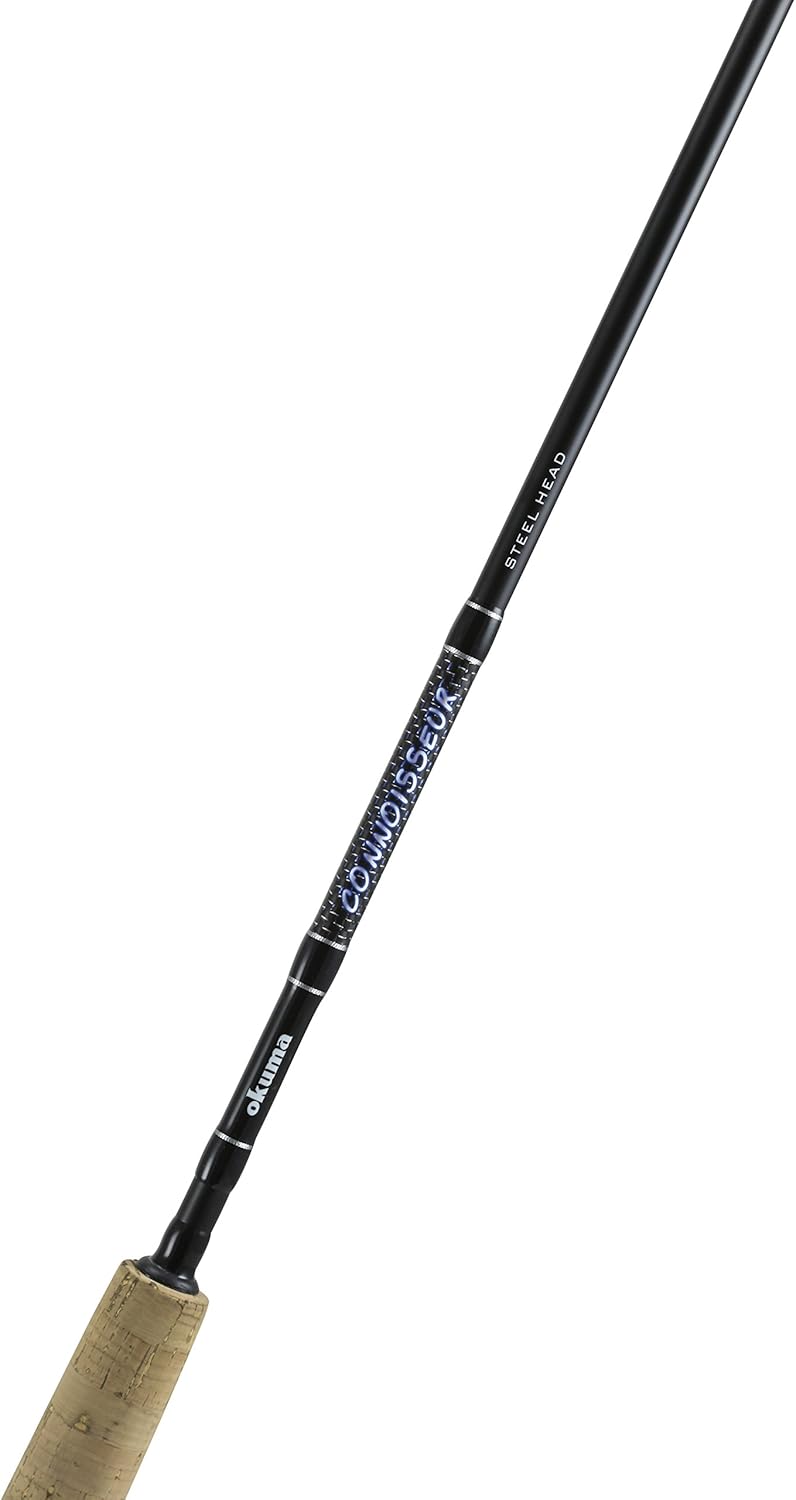With the growing popularity of fishing, the range of fishing equipment has expanded significantly. In contrast to our childhood days in the countryside, where a simple bamboo pole, string, float, and hook sufficed for catching fish, modern fishing rods come in a multitude of types. There are stream rods, lure rods, and rock fishing rods, among others. Choosing the right type of fishing rod can be daunting, even before considering which brand to go for.

One of the main challenges for beginners is the specialization of modern fishing rods. Each rod seems tailored to catch a specific type of fish. However, beginners often prefer a more versatile fishing rod that can be used in different fishing environments. They may fish by the river one day and go sea fishing with friends the next, making it impractical to buy all types of rods at once.

Broadly speaking,fishing rods are generally divided into hand-held rods and sea rods. For example, the table fishing rods and stream fishing rods we mentioned belong to this category. Their characteristic is that there is no fishing reel seat on the rod, which is a bit similar to the homemade fishing rods we used when we were young. Sea rods include sea fishing rods, rock fishing rods and lure fishing rods. Their characteristic is that they are equipped with a fishing reel seat, so the centrifugal force of the rod can be used to throw the line far away and catch big fish.
Lure Fishing Rods
Today I introduce lure Fishing Rods.Lure rods, also known as lure fishing rods, are a unique and popular type of fishing equipment among enthusiasts. Derived from the English word “lure,” which means to attract or induce, these rods perfectly encapsulate the essence of lure fishing—manipulating artificial bait to entice fish to bite.

Lure rods primarily come in two main styles: spinning (straight handle) and casting (pistol grip). Each style has its specific applications and advantages. Spinning rods are typically lighter and more maneuverable, making them ideal for fishing in narrow rivers or streams. Casting rods, on the other hand, are better suited for casting longer distances in open waters. Additionally, there are various specialized lure rods available, such as bass rods, trout rods, fly rods, sea bass rods, and egi rods, each designed for different fish species and fishing techniques.
The hallmark features of lure rods include their lightness, flexibility, precise control, and adaptability. Their design allows for easy portability and comfortable handling, even during extended fishing sessions. The precise control offered by lure rods enables anglers to accurately manipulate the artificial bait’s movements in the water, significantly enhancing the chances of a successful catch. Furthermore, their adaptability means that anglers can choose the appropriate rod length and action (the way the rod flexes under pressure) based on the fishing location and target species.
Chose Lure Fishing Rods
When selecting a lure rod, it’s important to consider your fishing style and the environment in which you’ll be fishing. Different rod types are suited to different techniques and environments, so it’s essential to choose a rod that matches your needs. One key factor to consider is rod length, which affects casting distance and control. A rod length between 6 to 8 feet is typically suitable for lure fishing, providing a good balance between casting distance and maneuverability.

Another important aspect to consider is the rod’s action, which refers to how much it flexes under pressure. Medium to fast action rods are often preferred for lure fishing, as they provide a good balance between sensitivity and power. The material of the rod is also crucial, with carbon fiber being a popular choice due to its lightweight and strength. Fiberglass and composite rods are also available, offering different levels of flexibility, durability, and sensitivity.
When evaluating lure rods, it’s important to consider the brand’s reputation and price. Research reputable brands known for producing high-quality rods and read reviews from experienced anglers. Set a budget for your lure rod and look for options within your price range, keeping in mind that higher-priced rods often offer better performance and durability.
If possible, try holding and testing different lure rods before making a purchase. This will help you get a feel for the rod’s weight, balance, and overall comfort. Pay attention to how the rod feels in your hand and how it responds to your movements, choosing a rod that feels comfortable and suits your fishing style.
Consider additional features such as adjustable reel seats, comfortable grips, and durable guides that can enhance your fishing experience. Look for a rod with a warranty and good after-sales service, as these can provide added value and peace of mind. By taking into account these factors and considering your specific fishing needs and preferences, you can select a lure rod that will help you successfully catch fish and enjoy your fishing adventures.
Lure Fishing Rod Skills
Lure rod skills, or lure fishing skills, refer to the techniques and practices used when fishing with a lure rod. Lure fishing, also known as artificial lure fishing, involves using artificial baits to mimic the movements of natural prey, thereby attracting and catching fish. Here are some key skills for successful lure fishing:
Choosing the Right Lure: Selecting the right lure for the target fish species and the fishing environment is crucial. Lures come in various shapes, sizes, and colors, and each is designed to mimic different prey. Understanding the behavior and preferences of the target fish will help you choose the most effective lure.
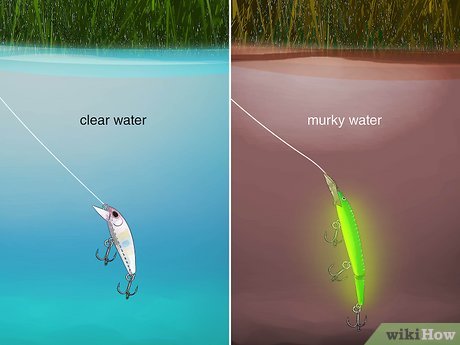
Casting and Retrieval Techniques: Proper casting and retrieval techniques are essential for successful lure fishing. Casting should be accurate and with the appropriate force to place the lure in the desired location. Retrieval, or retrieving the lure back to the angler, involves manipulating the rod and reel to create the desired lure movement. Different retrieval techniques, such as slow, steady retrieves or fast, erratic retrieves, can be used to mimic the swimming patterns of natural prey.

Reading the Water: Understanding the water conditions, such as depth, current, and underwater structure, is crucial for successful lure fishing. This knowledge will help you choose the right lure and retrieve it properly to attract fish.
Patience and Observation: Lure fishing requires patience and keen observation. Anglers need to be patient, allowing the lure to work its magic, and observe the water closely for any signs of fish activity.
Adapting to Conditions: Fishing conditions can change rapidly, and anglers need to be able to adapt their techniques accordingly. This might involve changing lures, retrieval techniques, or fishing locations in response to changes in water conditions or fish behavior.
Practice and Experience: Like any skill, lure fishing improves with practice and experience. The more you fish, the better you will become at understanding fish behavior, selecting lures, and mastering casting and retrieval techniques.
In addition to these basic skills, lure fishing can also involve more advanced techniques such as jigging, twitching, and popping, which require a high level of coordination and skill. Overall, successful lure fishing requires a combination of knowledge, skill, and patience, and with practice, anglers can become proficient at this exciting and rewarding form of fishing.
Maintain The Lure Fishing Rod
Regular cleaning is essential to remove dirt, grime, and saltwater residue that can accumulate on the rod during use. After each fishing trip, it’s important to wipe down the rod with a damp cloth and allow it to dry thoroughly. In addition to cleaning, inspecting the rod for any signs of wear and tear is necessary. Check the guides, or the rings that hold the fishing line, for any cracks or damage. Make sure the reel seat, where the reel attaches to the rod, is secure and not loose. If any parts of the rod are damaged, they should be replaced promptly to avoid further damage.
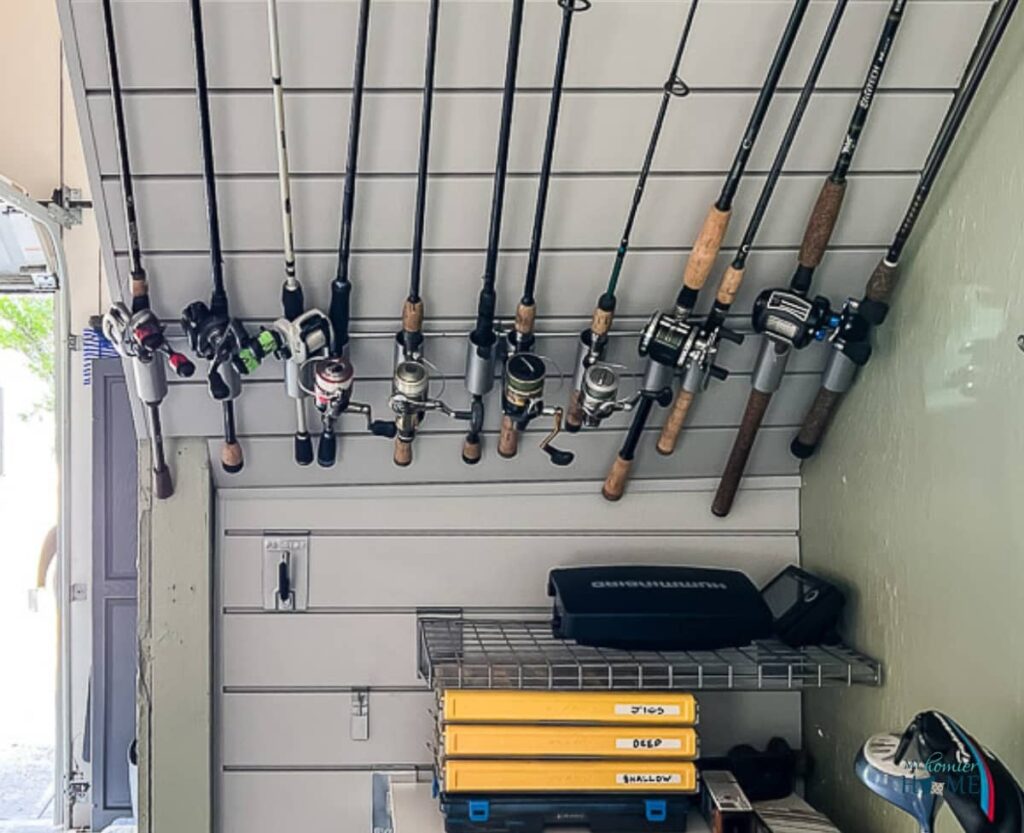
Proper storage is also key to maintaining a lure rod. When not in use, store the rod in a dry, cool place away from direct sunlight and extreme temperatures. Avoid storing the rod in a damp or humid environment, as this can cause the rod to warp or the finish to deteriorate. It’s also important to store the rod in a way that prevents it from being bent or crushed, which can damage the rod’s integrity.
When transporting the rod, use a rod case or tube to protect it from damage. This will prevent the rod from being bent or crushed during transport and will keep it in good condition. Additionally, when using the rod, avoid using excessive force or jerking the rod, as this can cause damage to the rod or the fishing line.
What Brand Of Lure Fishing Rods Is Good?
When it comes to lure fishing rods, several brands are known for their high-quality products. The best brand for you depends on factors such as the type of fishing you do, your budget, and personal preferences. Here are some of the top brands that are well-regarded in the fishing community:
1. Shimano
Shimano is one of the most respected brands in the fishing world. They produce a wide range of rods, and their lure fishing rods are known for their durability and sensitivity. Popular models include the Shimano Zodias and Shimano Expride.
2. Daiwa
Daiwa is another top brand offering high-performance fishing rods. Their lure rods, such as the Daiwa Tatula and Daiwa Steez, are popular for both freshwater and saltwater fishing, known for their build quality and innovation.
3. St. Croix
St. Croix is known for their high-end, American-made rods. The St. Croix Avid Series and St. Croix Mojo Bass are two favorites among lure anglers for their sensitivity, lightweight feel, and power.

St. Croix Rods Triumph Spinning Rod, TSR, Durably Sensitive with Impressive Power, High Performing Spinning Rod
4. Abu Garcia
Abu Garcia offers a range of affordable to mid-range rods. Their Veritas and Vendetta series are popular for lure fishing because of their strength, versatility, and value for money.
5. Fenwick
Fenwick produces rods that are a great mix of quality and affordability. Their HMG and Elite Tech models are highly regarded for lure fishing, providing a great balance between sensitivity and strength.
6. Okuma
If you’re looking for budget-friendly options without compromising too much on performance, Okuma offers solid choices. The Okuma Cedros and Okuma C3 rods are popular among anglers who want quality at a reasonable price.
These brands offer a variety of rod types and models to fit different fishing styles, from ultralight rods for finesse techniques to heavier models for bigger fish.

